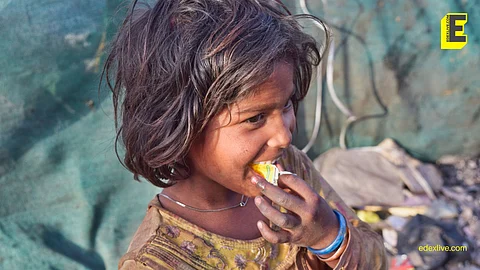

Multidimensional poverty is different from the traditionally measured poverty calculated through income levels.
The National Multidimensional Poverty Index (MPI) measures ‘deprivations’ across the three equally weighted dimensions of health, education and standard of living.
These three broader dimensions are, in turn, represented by indicators such as nutrition, child and adolescent mortality, maternal health, years of schooling, school attendance, cooking fuel, sanitation, drinking water, electricity, housing, assets and bank accounts.
The larger goal of having a multidimensional poverty index (MPI) is to have additional information on the nature of poverty measured through income levels.
How is it measured
The National MPI determines deprivation levels across three dimensions of health, education and standard of living.
The three dimensions have been accorded equal weight (1/3). These three dimensions are further divided into 12 indicators — with three under health, two under education and seven under standard of living.
While India has retained the original 10 indicators of the global MPI model, it has added two new indicators — maternal health and bank account — based on ‘national priorities’.
All these indicators have been accorded different weights in such a way that they add up to their group weight of 1/3.
Nutrition, years of schooling and school attendance have a weightage of 1/6, child-adolescent mortality and maternal health have been assigned a weightage of 1/12. Other indicators falling in the standard of living category have been assigned 1/21 weightage.
Each indicator has a deprivation cut-off — the level of achievement normatively sufficient in order for an individual to be considered not deprived in an indicator.
For example, the individual has completed at least six years of schooling. India’s national MPI follows the poverty cut-off of 33.33% used in the global MPI measure.
